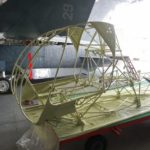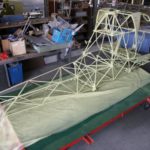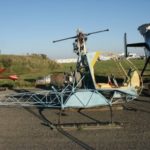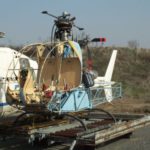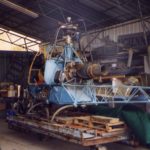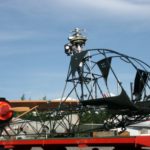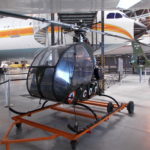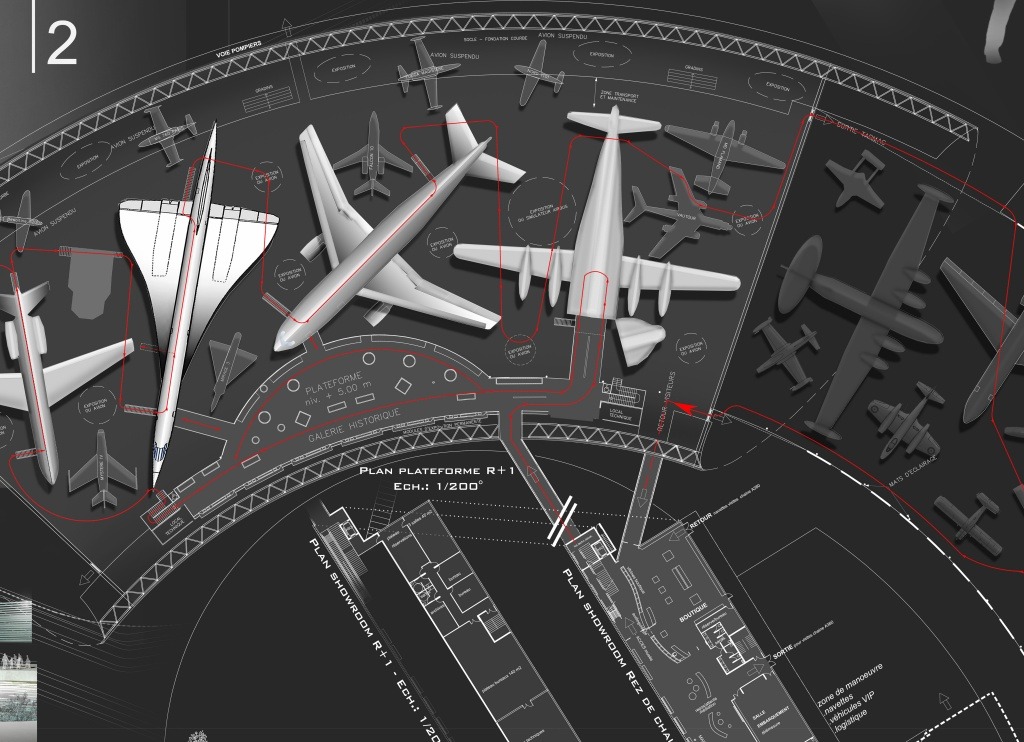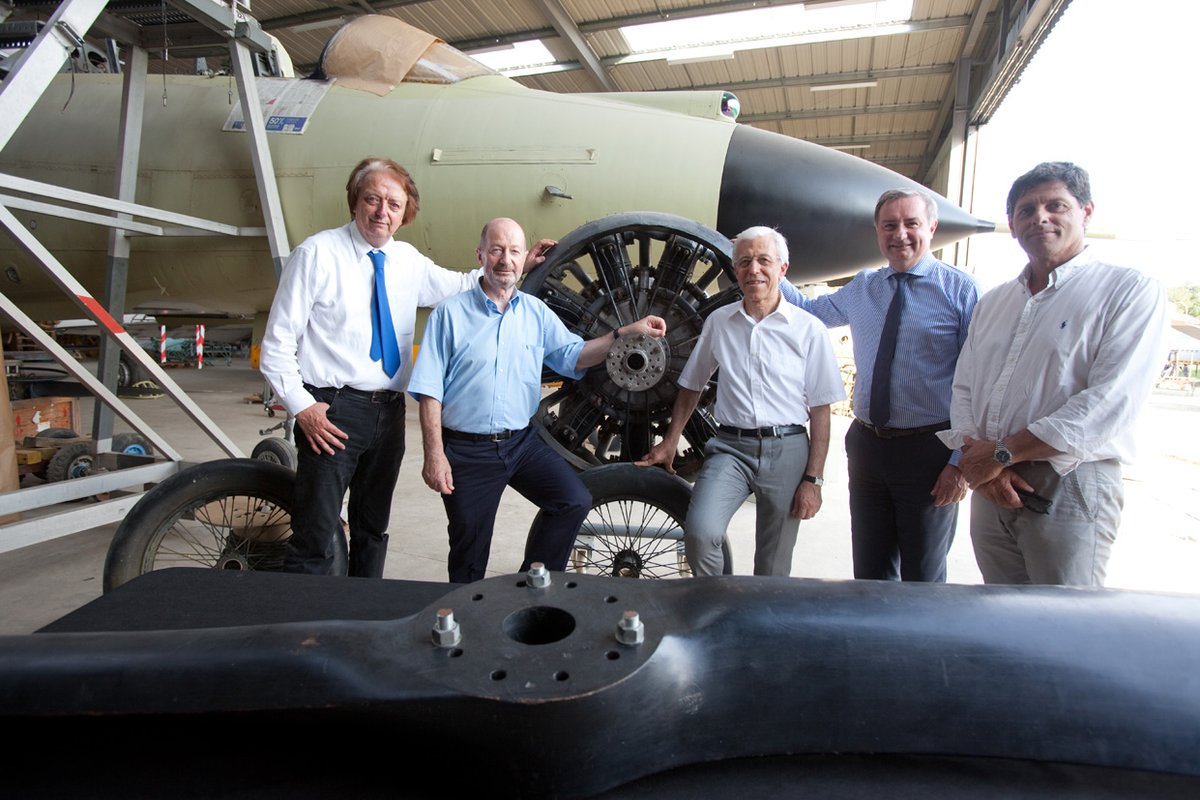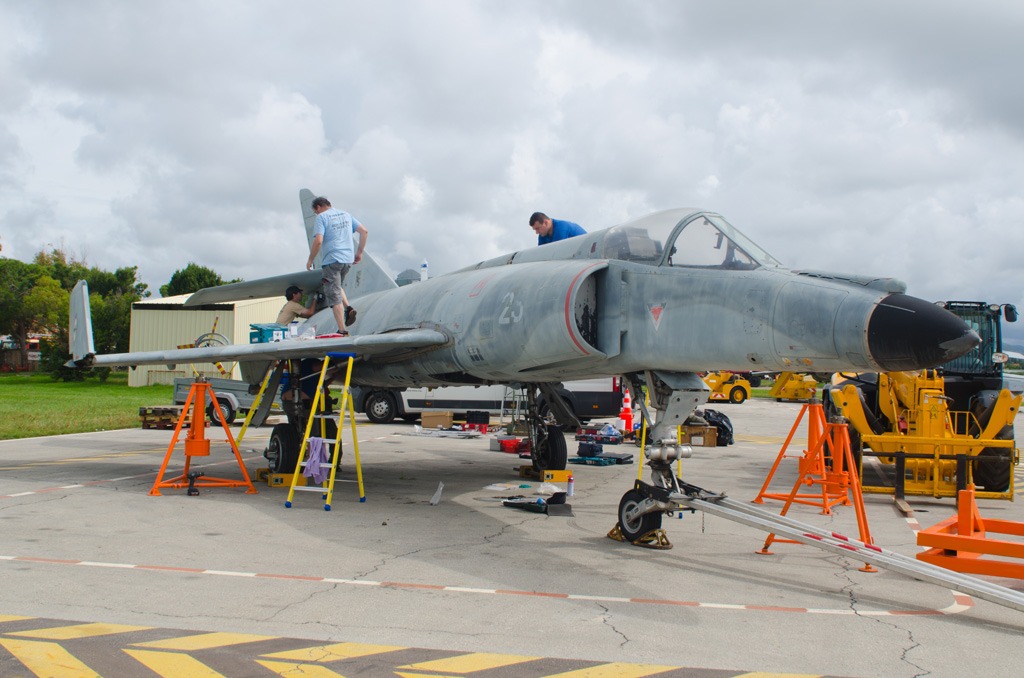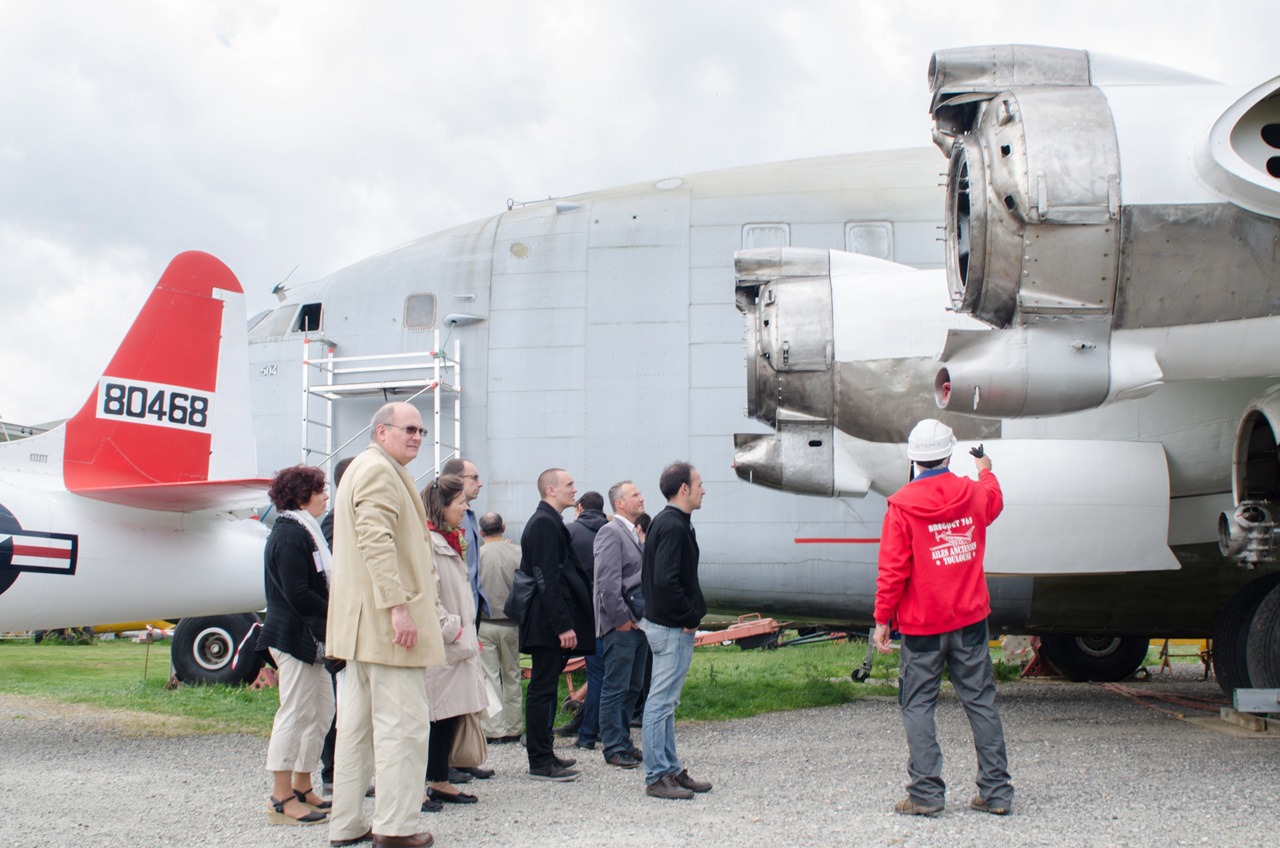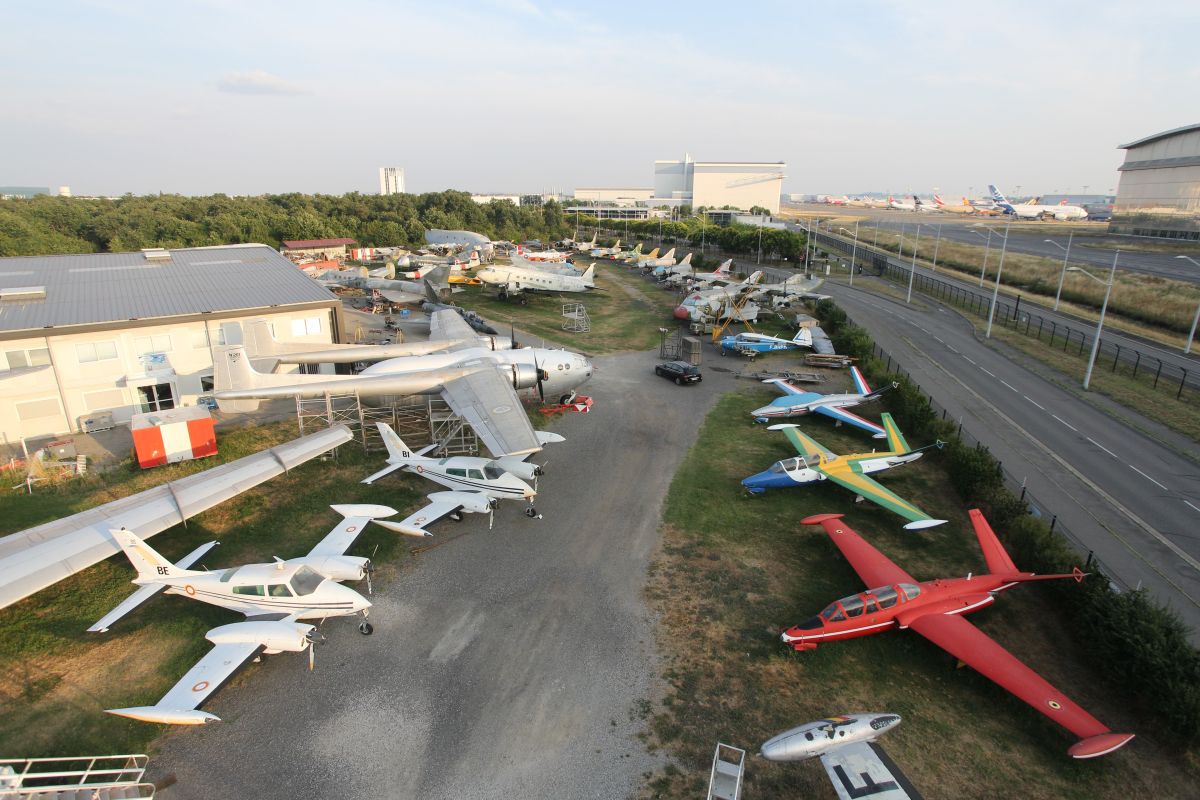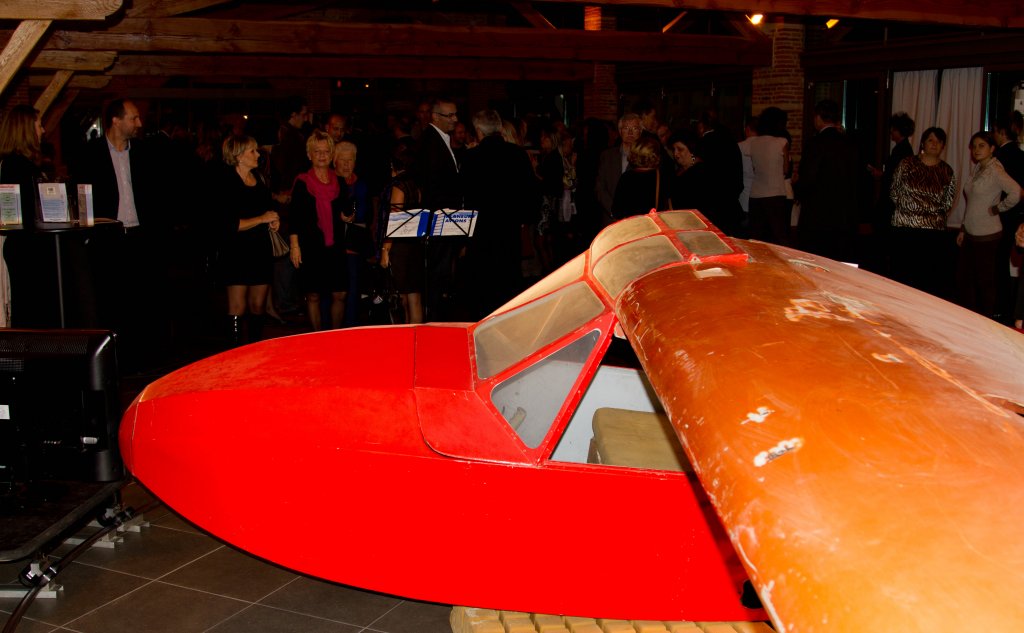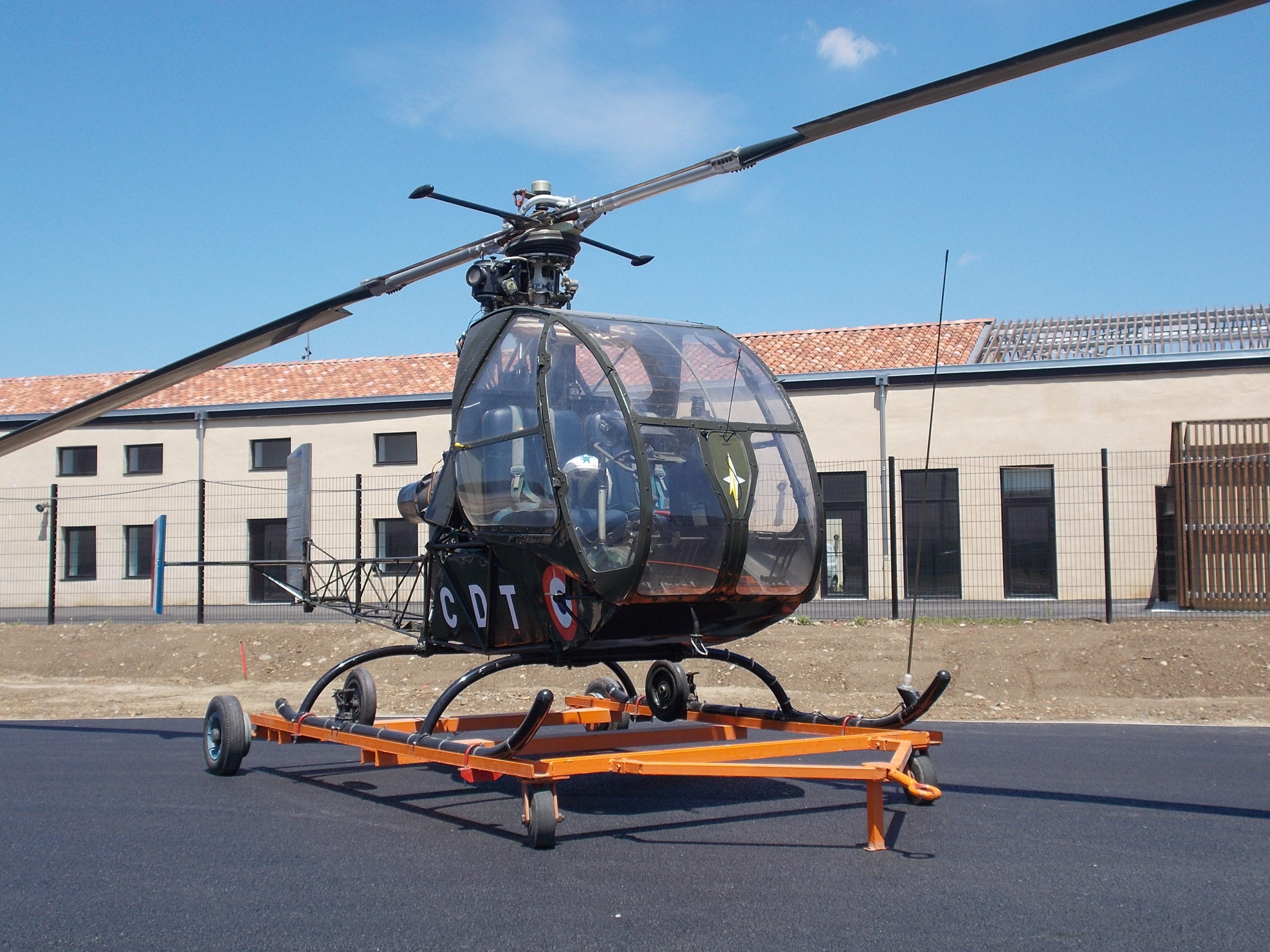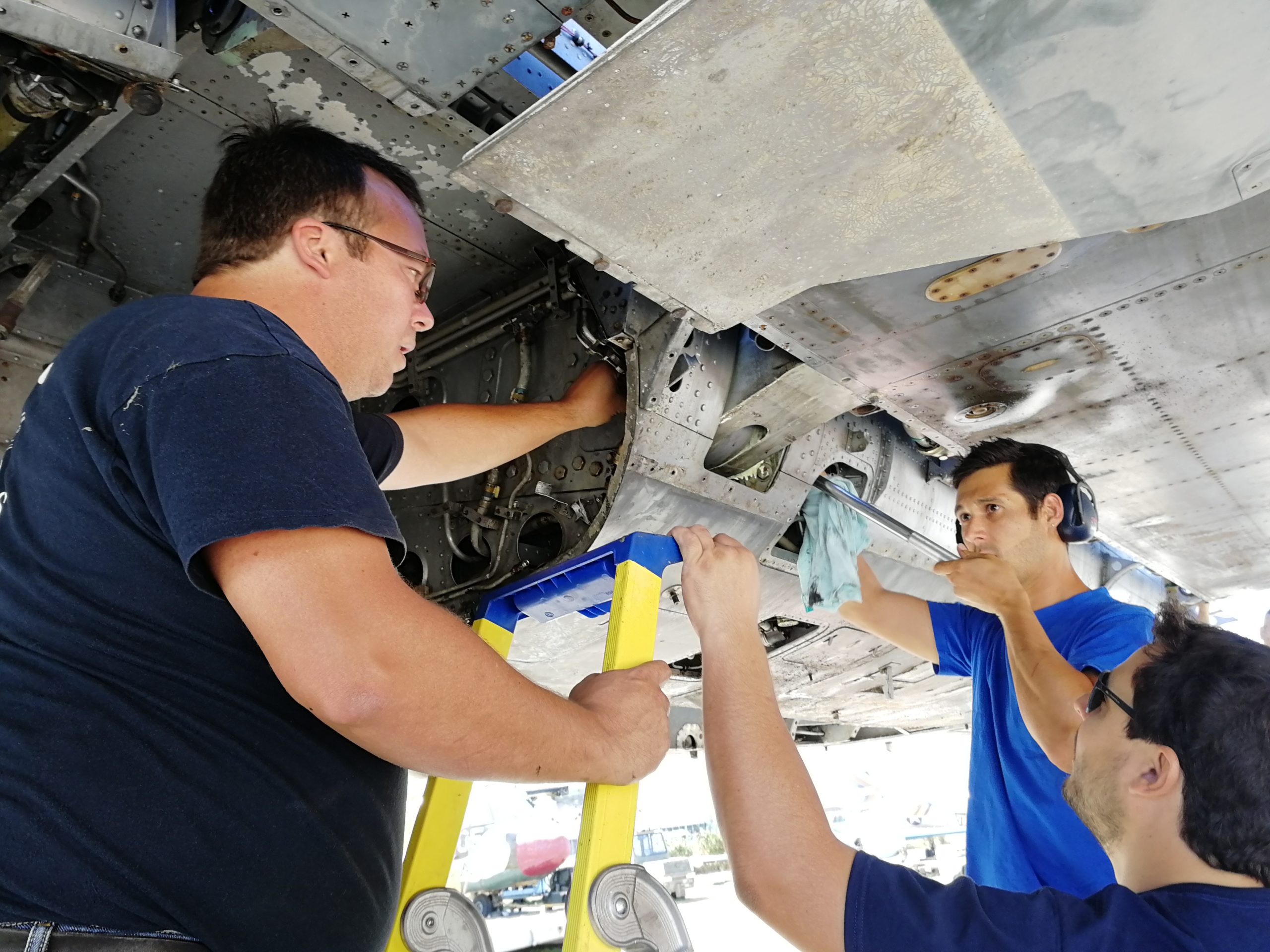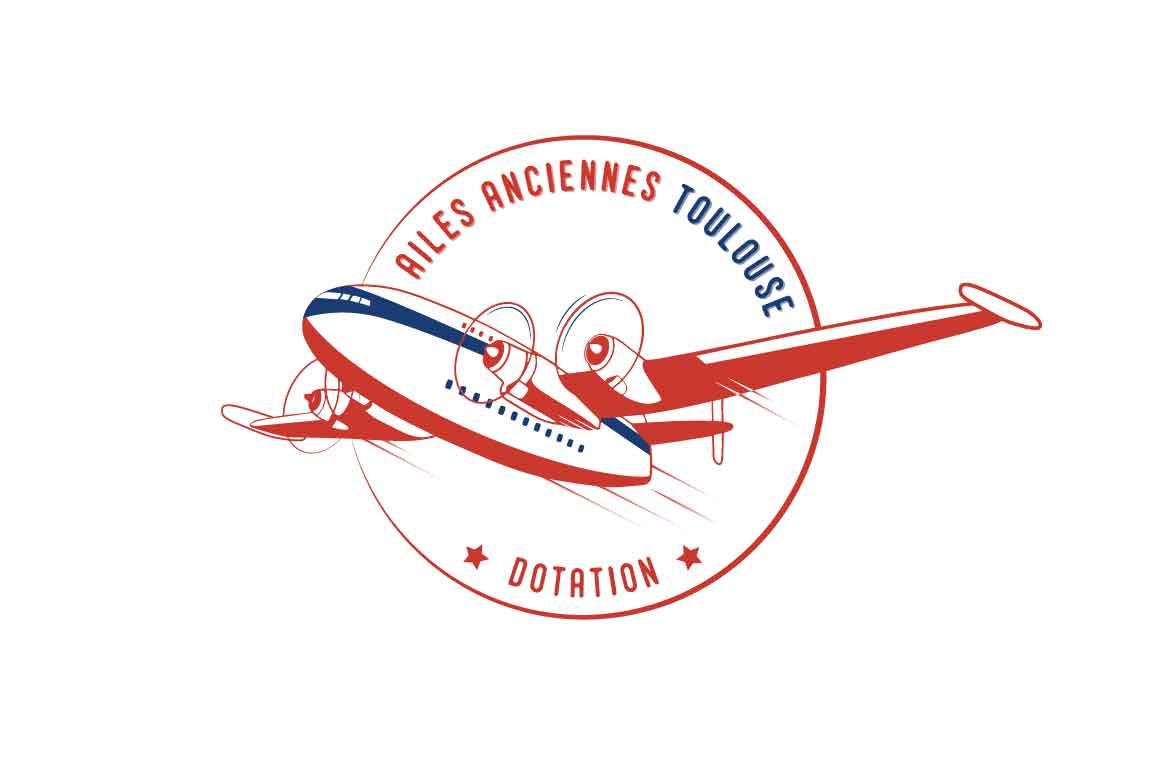Histoire
Si, sur la plupart des hélicoptères, les rotors sont entraînés mécaniquement par le moteur, sur quelques autres, le rotor est propulsé par des gaz éjectés en bout des pales. Le Djinn utilise cette technique et fut le seul de ce genre a être construit en série.
L’étude du Djinn démarra après la guerre, grâce à l’aide de techniciens allemands et à la mise au point des petites turbines Turbomeca. 2 SO 1220 monoplaces furent construits pour la mise au point du rotor. Le premier vol eut lieu le 2 janvier 1953. Il y eut ensuite 5 prototypes biplaces SO 1221, 22 exemplaires de présérie et 150 de série.
Le rotor tourne par réaction de l’air comprimé éjecté en bout des pales. Cet air étant chauffé à 180 degrés par la compression, il n’est pas nécessaire de dégivrer les pales. Par contre, le rendement du compresseur chute rapidement avec la température.
Ainsi en Algérie deux personnes et le plein partiel étaient le maximum, alors qu’en Terre Adélie il y avait de la puissance revendre. Le Djinn n’a pas de rotor anticouple, celui-ci est remplacé par une dérive mobile, soufflée par les gaz d’échappement du moteur.
Le Djinn était destiné à l’observation pour le compte de l’ALAT. Il se trouva très vite en concurrence avec l’Alouette II, plus grande, plus performante et plus chère. L’ALAT utilisa néanmoins environ 120 machines, principalement dans des missions d’écolage, de liaison et d’évacuation sanitaire (avec 2 paniers latéraux porte-civières). Elles servirent de 1956 à 1969 et furent remplacées par des Alouette II.
Quelques machines furent achetées par divers pays pour étudier le concept et ses applications: Suisse, Allemagne, US Army…
Le Djinn servit aussi dans le civil (épandage agricole notamment), les machines de l’ALAT prenant ce chemin lors de leur retrait du service. Ces activités cessèrent vers 1978. Depuis, seules quelques machines volent encore au mains de collectionneurs.
Le Djinn était réputé manœuvrant, se pilotant en finesse, mais avait une faible autonomie et était sous-motorisée.
Caractéristiques
| Diamètre | 10 m |
| Longueur | 5,3 m |
| Hauteur | 2,62 m |
| Masse a vide | 380 kg |
| Masse maxi | 800 kg |
| Vitesse | 125 km/h |
| Autonomie | 150 km |
| Équipage | 2 |
| Motorisation | 1 Turbomeca Palouste de 250 ch |
Notre appareil
Notre premier Djinn est arrivé en 1993 de Montauban.
Notre second Djinn a été acheté en novembre 2010 en compagnie d’une seconde épave pour pièces.
Les Restaurations
Lorsque nous récupérons le Djinn en 1993, nous savons que le travail sera difficile et long pour le restaurer. A cette époque, notre équipe hélico se démène sur le H-21 « Banane » et envisage la restauration de la Gazelle prototype. Se sera après la fin de ces deux chantiers que le Djinn entreprendra le sien.
L’hélico est entièrement démonté, la cellule est sablée puis repeinte. Chaque pièce est nettoyée, repeinte et remontée avec soin. Des patins sont refaits, la turbine est restaurée ainsi que la tête de rotor. Grace au concours de nos amis du CELAG a Grenoble, qui nous cèdent deux plans horizontaux et grâce au travail d’un de nos membres qui refait une dérive verticale, la partie arrière retrouve son aspect originel.
La cabine et ses plexis suivent, mais par manque de pièces, la machine est mise en attente pour laisser la place à l’Alouette II Marine.
En mai 2010, alors que la restauration a bien progressé, le propriétaire de la machine (Musée de l’Air et de l’Espace) demande à récupérer la machine… C’est chose faite en quelques semaines, le temps de démonter les pièces nous appartenant. Elle est depuis stockée dans des réserves, non accessible au public et sans équipe pour l’achever.
Quelques mois plus tard, l’équipe hélicos découvre deux épaves de Djinn que l’association achète en novembre 2010. La restauration est lancée dans la foulée. Après quelques années de restauration, le Djinn est maintenant exposé à Aeroscopia.
- Peinture primer du SO.1221 Djinn en février 2004.
- Peinture primer du SO.1221 Djinn en février 2004.
- Le SO.1221 Djinn avant restauration.
- Début de la restauration du SO.1221 Djinn.
- Le SO.1221 Djinn avant sa restauration circa 2002
- Le SO.1221 Djinn avant sa restauration circa 2002
- Restauration du SO.1221 Djinn en novembre 2004.
- Le SO.1221 Djinn exposé dans Aeroscopia.


